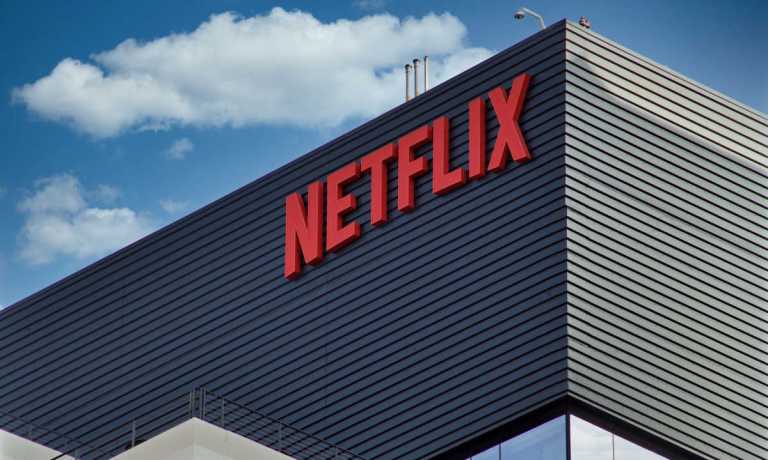
The old hockey aphorism rings true as Netflix shakes things up a bit: Skate to where the puck is going — not where it’s been.
Netflix is clearly not afraid to try new things in ways that may engender head scratching — just ask Lindsay Lohan.
But the recent news that Netflix has reached a deal with some of the big theater chains to bring the movie “Glass Onion: A Knives Out Mystery” to brick-and-mortar locations shows just how extensible the platform model — and the connected economy — really can be.
And, yes, it’s a limited run for that “Knives Out” sequel — only a week — but then again, the fact that the theaters have struck the deal at all speaks volumes. As reported, AMC, Regal and Cinemark will stream the film for a week.
For the theaters, the movie ostensibly would be a way to get more foot traffic in into the cineplexes.
For the actors, perhaps, the payday increases a bit (there’s the perennial debate over residuals, and DVD sales etc. if movies are not released in theaters).
For Netflix the initiative is one that will bolster its continued push into content — the big-budget kind, of course, as the company becomes synonymous with more than just existing as mechanism for delivering media.
For the connected economy, Netflix’s move shows the way a brand can move seamlessly between channels, even simultaneously.
In recent Connected Economy reports, we noted that the overall increase in digital engagement among consumers was up 14% as measured from November of last year till this Fall. Within those connected activities lies the range of “fun” events that would include taking in a movie. There’s enough experience with, and trust in, Netflix for consumers to make the leap from pushing buttons on their remote or phone to catching a movie after work or on the weekend amid the great reopening.
None of this is meant to imply that Netflix is going all in on the brick-and-mortar experience. But bringing movies to the real-life box office does a few things. First and foremost, there’s the potential to grab onto and expand some ancillary revenue streams.
The cross-pollination potential is there, too, where extant subscribers may be compelled to keep an eye out for, and pay for, more original content. And then there remains the ability to tap into those stalwarts who do not (yet) subscribe to Netflix, but represent potential new customers.
It’s a bet that may pay dividends, and would not dent the model that’s already in place, and is still being fine-tuned (via ad-tiered models). A week’s run in the theaters may be the launching pad for “Glass Onion” — and for Netflix, a lot more than that.